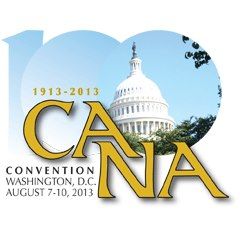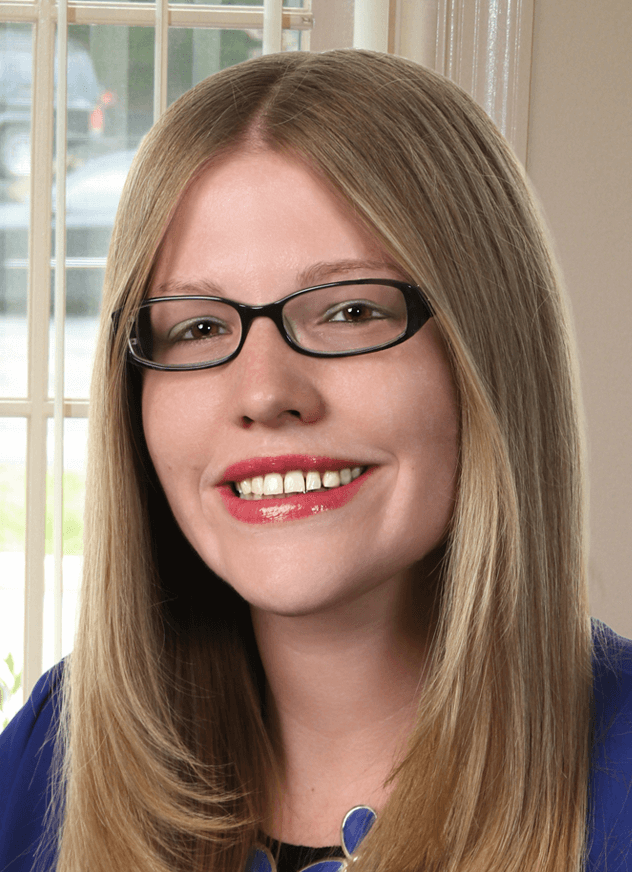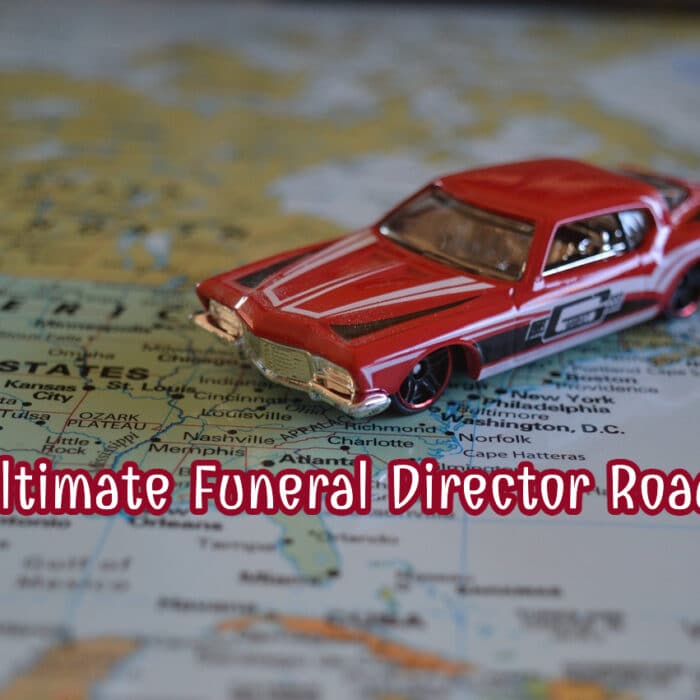Aug 13, 2013
The Cremation Association of North America’s Annual Convention is a rare opportunity for funeral service vendors like ASD to not only meet and network with funeral professionals nationwide, but also to learn about the latest trends affecting the profession. I had the privilege of attending for the first time this year with ASD Family Member Owner, Kathy Kelley.
2013 marks the 100th Anniversary of CANA and the program selected for the association’s centennial year did not disappoint. We enjoyed sitting in on the seminars and panels on stage and listening to experts discuss cremation, technology, customer service, history and more.
Here is just some of the valuable information we learned at CANA’s 95th Annual Convention:
1) Both ancient Greeks and Vikings believed cremation was necessary to set their souls free.
To mark the 100th Anniversary of CANA, Cremation Historian, Jason Engler, gave a detailed chronology of the history of cremation. Jason began his seminar by detailing the earliest cremation customs, including the practices of both Ancient Greeks and Vikings. The Greeks believed that cremation would set their souls free and that a permanent memorial was also necessary. According to book 23 of The Illiad, Patroclus (trusted friend of Achilles) is “cremated on a funeral pyre and his bones are collected into a golden urn.” The Vikings, meanwhile, believed that all men should be burned with their possessions in order to enter Valhalla—the Viking underworld.
2) CANA predicts a 48.8% cremation rate for 2017 with a 1.79% growth rate
CANA Vice President, Robert Boetticher, Jr., unveiled the results of CANA’s Cremation Statistics Annual Report. It was clear from looking at the numbers and charts that cremation statistics will continue to increase in the future. Last year, the Cremation Growth Rate was 1.65% and this year that was increased to 1.79% for all states combined.
3) Cremation phone inquiries are often missed opportunities for Funeral Homes
In her seminar, “The Art of Cremation Inquiries,” Lacy Robinson explained how many funeral homes do not convey value to families who call asking about prices for cremation. By assuming that every caller only wants direct cremation, Lacy explained, funeral directors are failing to recognize an opportunity to educate these callers about the different cremation options they have. Some of Lacy’s suggestions included giving the caller a proper introduction before relaying the price, providing callers with a price range instead of the cheapest choice, inviting the caller to visit the funeral home and using the caller’s name throughout the call. For more of Lacy’s tips, click here to read her guest blog post on this subject.
4) The first two crematories in the United States were both located in Pennsylvania.
Cremation Historian, Jason Engler, explained how crematories have evolved in the United States, starting with the first modern crematory, which was built in Washington, Pennsylvania in 1873 by Dr. Francis Julius LeMoyne. The doctor strongly believed that many of the diseases and contaminates his patients experienced were caused by the burial practices of the time. Dr. LeMoyne built the crematory on his own land for $1,500. The first cremation took place there on December 6, 1876 and the process took over 24 hours. The second crematory, and first public facility, was built in Lancaster, Pennsylvania in 1884. That same year, Fresh Pond Crematory opened in New York and it is the oldest continually operated crematory in the United States.
5) Funeral Homes can save on operating costs with a virtual fax machine
The technology panel featuring Mark Matthews, President of Wiefels Cremation and Funeral Services, Rick Wiseman, Owner of Porter Funeral Home, the Cremation Society of Kansas, and the Cremation Society of Missouri, and Chris Farmer, General Counsel to CANA, was filled with valuable information on how funeral homes can use technology to improve efficiencies. One of the tips that Funeral Director (and ASD Client!) Rick Wiseman suggested was that funeral professionals use a Virtual Fax machine to eliminate maintenance and toner feeds. Using a company like myfax, Rick explained, funeral homes can send and receive faxes online.
6) The Tri-State Crematory incident dramatically changed how Crematories were regulated
Keynote Speaker and Forensic Anthropologist, Dr. Frederick Snow, spoke about his experiences during the aftermath of the Tri-State Crematory incident in Nobel, GA. Dr. Snow was highly involved in the investigation of the 2001 incident and responsible for helping to recover the remains of the 334 bodies that were piled around the property. The owner of the Crematory was charged with multiple counts of theft by deception and abuse of a corpse and is still serving his sentence today. According to Dr. Snow, the Tri-State Crematory incident was the largest and most expensive criminal investigation in Georgia. The event had a major impact on how crematories were regulated in the United States. Lawmakers from Georgia and other states tightened regulations and passed laws that would allow officials to monitor crematories and the owners’ licenses.
7) Cremation Rates Exceed 50% in 18 States Today
CANA Vice President, Robert Boetticher, Jr., analyzed the results of CANA’s Cremation Statistics Annual Report and revealed each state’s cremation rate. The state with the highest % of cremation was Nevada with 73.7%. The state with the lowest % of cremation was Mississippi with 15.7%. According to the report, some states have a growth rate as big as 3%.
8) Funeral Homes Can Use A Mystery Shopper Company to Evaluate their Telephone Staff
During Lacy Robinsons’ seminar, “The Art of Cremation Phone Inquiries”, she explained why funeral directors must take an active role in monitoring how their phones are answered. While many funerals professionals recognize the importance of protecting their calls, they have little way to evaluate how their staff is representing them on the phone. One of the best tips Lacy recommended was to hire an outside company to call the funeral home and pretend to be shopping for cremation. Lacy recommended the company A Closer Look because they have experience helping funeral homes to determine how their staff can better handle cremation-pricing calls.
3 Things We Learned from Other Vendors at CANA
It is always a pleasure to have a chance to talk to other funeral service suppliers and vendors about their products and company history. While we learned a great deal from the speakers at CANA, we’re also interested to learn more about the other companies in the exhibit hall. Here are three interesting facts we learned from other vendors at CANA:
- 1) Many Funeral Directors now take a fingerprint of the deceased before the body is cremated or buried. This is to ensure that if the family ever wants to create a keepsake in the future, the funeral home will have the print on record. Adrienne Kalmes at Meadow Hills shared this information with us. Her company produces Thumbies, which are keepsakes made with a three-dimensional finger or footprint created using the time-honored process of lost wax casting. To learn more, click here.
- 2) Funeral Directors can collect and recycle the metal used in surgical implants. Ken Lee from Implant Recycling LLC, stopped by our table to talk a little about the process. Instead of discarding metal devices and implants, funeral homes can recycle these items and once they have filled a box, send it to Implant Recycling and receive payment for the recyclable material. To learn more, click here.
- 3) Mackenzie Vaults produced the first cultured marbled urn in 1969. The family-owned company has been serving the funeral profession since 1897! We enjoyed spending time with the McKenzie family at the convention. To learn more about their company, click here.
Thanks to everyone who stopped by our table to visit us at CANA’s Annual convention!
We look forward to seeing everyone again next year!
About The Author
Jess Farren (Fowler)
Jess Farren (Fowler) is a Public Relations Specialist and Staff Writer who has been a part of the ASD team since 2003. Jess manages ASD’s company blog and has been published in several funeral trade magazines. She has written articles on a variety of subjects including communication, business planning, technology, marketing and funeral trends. You can contact Jess directly at Jess@myASD.com



